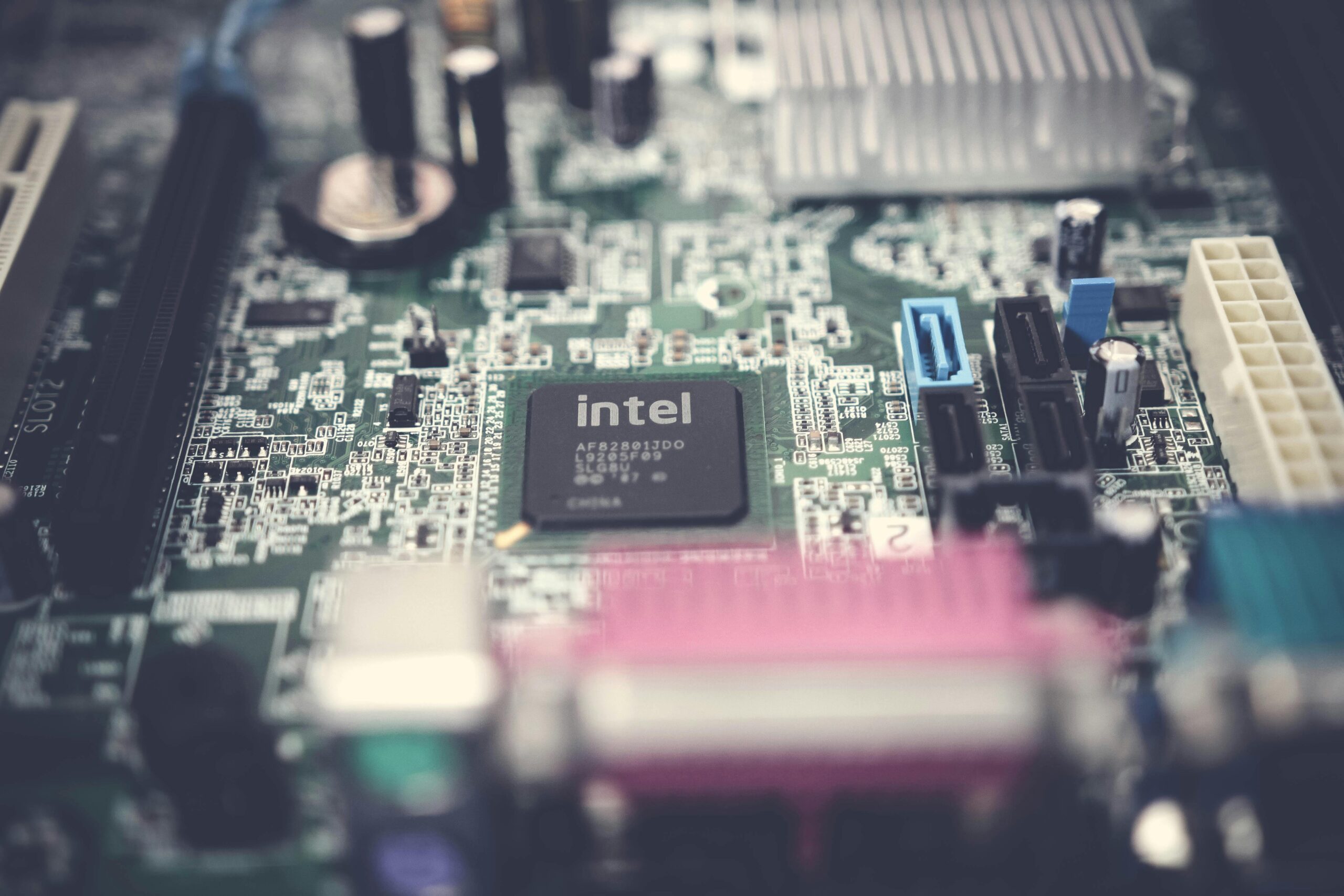The U.S. is entering a new era of changing industrial policy, with the federal government taking a more active financial role in private sectors such as semiconductor manufacturing.
Announced by President Donald Trump last week, the federal government has purchased an approximately 10% stake in the Silicon Valley giant, Intel. Following the $8.9 billion purchase, the U.S. federal government will be the single largest shareholder of the company.
The historic move marks the largest government bailout of a troubled industry or company since 2008, when the government provided industry relief for automakers to the tune of approximately $17 billion, according to TIME. Though, experts note that the 2008 bail out revolved around keeping companies from crashing entirely while the federal government’s stake in Intel is drastically different than its predecessor.
The stake will be funded by a combination of previous federal grants, funds and awards that were delivered to the company through the 2022 CHIPS Act, which was passed early under the Biden-Harris administration.
As part of the agreement, the U.S. government will also receive a warrant to purchase an additional 5% of Intel shares if the company ceases to be the majority owner of its foundry operations. The government will not hold a board seat or any governance rights within the company.
The federal investment is intended to support domestic semiconductor manufacturing while relocating many manufacturing and production processes to American soil, according to White House officials. This effort supports a broader strategy to divest American production and material generation from foreign countries, such as Taiwan and China, and reduce reliance on foreign supply chains.
The White House’s stake in Intel marks a substantial point in the Trump administration’s efforts to revitalize domestic semiconductor manufacturing and maintain global competitiveness with foreign manufacturers. As U.S. industrial policy shifts, the federal government is taking a more active financial role in private-sector semiconductor manufacturing.
In addition to this public investment into a private company, the president reiterated this week a desire to get “many more” deals done. So, there may be more federal stakes in private industries on the horizon, if the president’s vision were to come to fruition.
Photo by Pok Rie from Pexels













